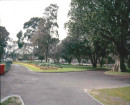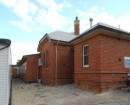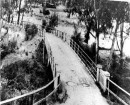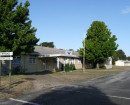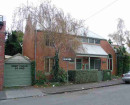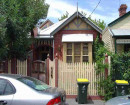Melbourne Meat Preserving Co - Hume Pipe Co
Van Ness Avenue MARIBYRNONG, Maribyrnong City
-
Add to tour
You must log in to do that.
-
Share
-
Shortlist place
You must log in to do that.
- Download report
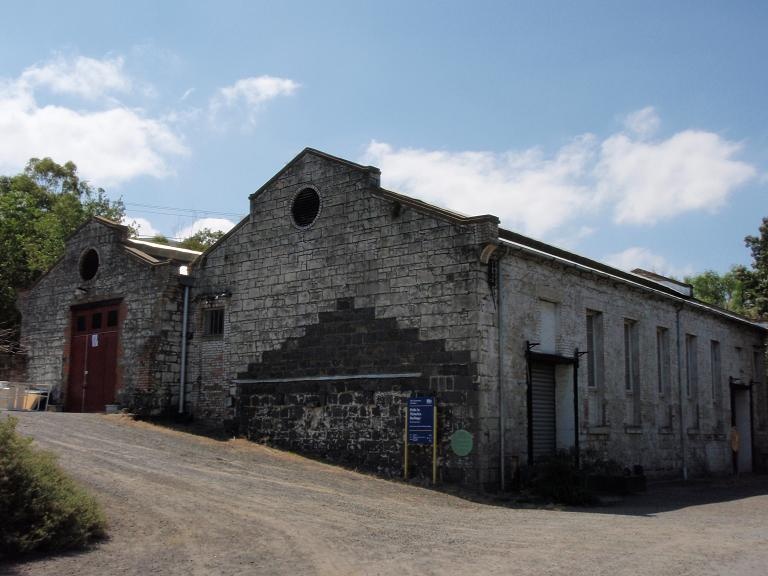



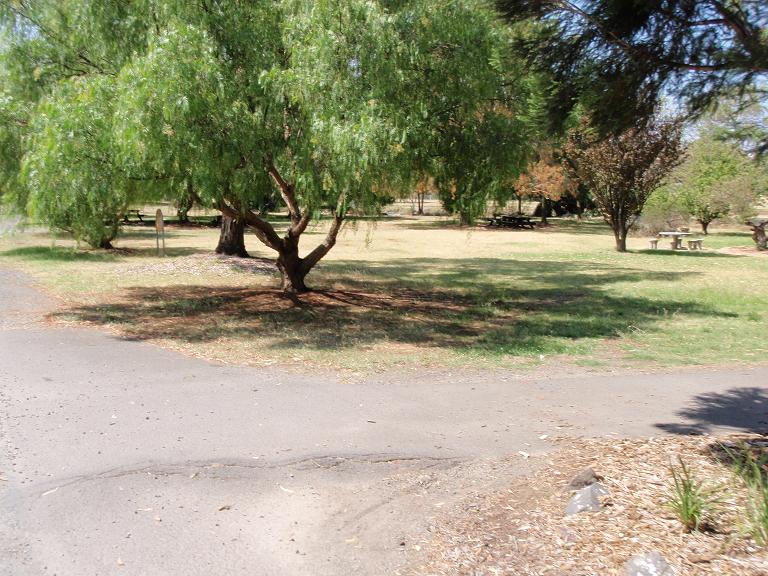
Statement of Significance
The place is of national historical, social and architectural significance as some of the oldest and most substantial early industrial structures associated with at least five different innovations in Manufacture. The boiling down works was one of the first of its type in Australia and the largest in Victoria, the Melbourne Meat Preserving Co. pioneered meat preserving by the vacuum process, as the Australian Frozen Meat Export Co. pioneered bulk freezing and is credited with the first successful frozen meat export in the world, Robertson Martin & Smith were the makers of the first locomotive for the first railway in Australia and utilised part of the site to fulfil this contract; and Hume Pipes were an innovator in the field of concrete pipe manufacture, being the first Australian company to export a manufacturing technology as opposed to a raw material or product. The site shows a range of cultural features relating to five separate innovative industries stretching over 140 years. (Criteria A3, A4 &D2) Several technological innovations took place here including boiling down, meat preserving, meat freezing, and concrete pipe manufacture. (Criterion F1)
Architecturally, the buildings represent early fire proof construction techniques. The boiling down and meat industries have disappeared from Melbourne and industrial buildings of any kind from the mid nineteenth century are exceptionally rare in Melbourne. (Criterion B2) The river location demonstrates the importance of maritime communication to early industry as well as the need for a water source and drain. This site encapsulates the history of industrial development in Melbourne and represents some of its major phases. Several significant historical figures are associated with the site including Joseph Raleigh, Samuel Sextus Ritchie (proprietor of the MMPC) and Walter Hume. (Criterion H1)
Australian Heritage Commission (AHC) criteria
The Australian Heritage Commission criteria consist of a set of eight criteria which cover social, aesthetic, scientific, and historic values. Each criterion has sub-criteria written specifically for cultural or natural values. The relevant criteria are:
A.3 richness and diversity of cultural features
A.4 demonstrates well the course and pattern of history, important historic events
B.2 rarity
C.2 research potential
D.2 good example of type
E.1 aesthetic importance to the community or cultural group
F.1 design or technological achievement .
G.1 social importance to the community
H.1 association with important person or group
-
-
Melbourne Meat Preserving Co - Hume Pipe Co - Physical Description 1
Several large bluestone buildings of distinctive design on several levels survive from the period of occupation of the Melbourne Meat Preserving Company. From the north they include: the tallow store and tin shop - a single storey structure, formerly with an upper storey of timber.
The northern part of the building retains a concrete vaulted ceiling carried on riveted wrought iron girders and cast iron columns which is believed to be an early example of fire proof construction the roof is a later (1920s?) timber truss and corrugated iron hipped structure.
To the south is the former preserving department, generally an 1873 reconstruction (following a fire) of the 1868 MMPC extension of Raleigh's original 1848 meatworks. Stone work at the rear (west side) incorporates many weathered surface stones and a random, un-coursed masonry that suggests the early date. The range of buildings extending north of this includes several partitioned spaces which are believed to have served as workshop and stables during the Humes period and may have had similar functions in the 19th century. A brick feature believed to be the setting of a steam boiler is constructed against the outside of this wall. The main part of the building is a tall, gable roofed structure on two levels with a central arched brick colonnade between them and circular louvred vents in the twin gables at each end. The roof is made of cast and wrought iron trusses clad in corrugated iron again evidence of fire proof building design (this part of the structure was burnt down and rebuilt in 1872-3).
The roofing iron has been replaced several times. Windows in the west and south walls also include original cast iron frames. Tall window openings (with new timber frames and glazing) alternate with stone pillars on the east facade. Evidence of many other former openings which have been bricked up can be seen in the walls, including a large brick arch which once opened to the north connecting to the former tin shop of c1850, now only surviving as the walls of adjoining buildings and the rendered 2 metre high retaining wall on the west.The third major bluestone building has been refurbished and is currently used as the Living Museum office and visitor centre. This, the former testing department of the MMPC, has bluestone walls on three sides with skillion and gabled roof of timber truss and corrugated iron (renewed). The gable section appears at least partly original. The skillion was added by Humes around the 1920s. Brick ovens in the west wall connect to stoke holes and flues on the outside.
Between this and the preserving department is the base of the boiler house chimney and evidence of the boiler house and engine room in the form of remnants of walls and flues.Melbourne Meat Preserving Co - Hume Pipe Co - Physical Conditions
Physical conditions: The remaining buildings are in sound condition although rising damp effects some of the bluestone walls.
Melbourne Meat Preserving Co - Hume Pipe Co - Integrity
Integrity: While only some of the many buildings which have been on the site survive, there are remains of all significant phases of the sites history.
Melbourne Meat Preserving Co - Hume Pipe Co - Physical Description 2
context: Located on the banks of the Maribyrnong River in developed open space. The 1878 Jacks Magazine and remnants of the Footscray Ammunition Factory are the first major structures down-stream and offer opportunities for connections in an industrial heritage precinct.
Melbourne Meat Preserving Co - Hume Pipe Co - Historical Australian Themes
Thematic context
Australian Principal Theme Manufacturing and Processing
PAHT Subtheme: Manufacturing and Processing
Local Theme Industry by the River: EarlyMelbourne Meat Preserving Co - Hume Pipe Co - Physical Description 3
Creation date(s): 1848, 1868, 1874,
Heritage Significance national
Map (Melway) 28 B10
The Northern end of Pipemakers Park between Van Ness Avenue and the Maribyrnong River.
Boundary description
Local Government Area: City of Maribyrnong
Ownership Type Crown (Parks Victoria)Heritage Study and Grading
Maribyrnong - Maribyrnong Heritage Review
Author: Jill Barnard, Graeme Butler, Francine Gilfedder & Gary Vines
Year: 2000
Grading:
-
-
-
-
-
PIPEMAKERS PARK COMPLEX
 Victorian Heritage Register H1503
Victorian Heritage Register H1503 -
JACK'S MAGAZINE
 Victorian Heritage Register H1154
Victorian Heritage Register H1154 -
HUME PIPEWORKS
 Victorian Heritage Inventory
Victorian Heritage Inventory
-
Archaeological site
 Southern Grampians Shire
Southern Grampians Shire -
Avoca
 Stonnington City H0809
Stonnington City H0809 -
BANYULE
 Victorian Heritage Register H0926
Victorian Heritage Register H0926
-
-





